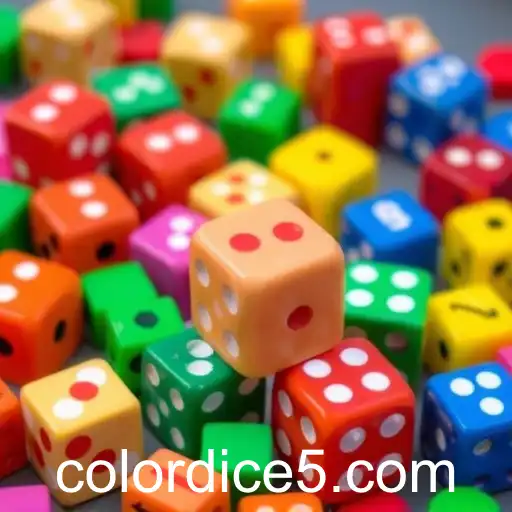
Exploring the intriguing ascent of color dice in the gaming industry amidst technological advances and trends.
In the dynamic landscape of gaming, traditional elements are making fascinating comebacks infused with modern twists. One such captivating resurgence is the use of 'Color Dice'—a unique variant that has captured the enthusiasm of players worldwide. As 2025 unfolds, this blend of nostalgia and innovation continues to reshape experiences within both analog and digital domains.
Color dice have evolved beyond mere mechanisms of chance and are now instrumental in crafting immersive narratives within games. Unlike traditional numbered dice, these alternatives use colors to introduce an additional layer of strategy and creativity, enabling game designers to push boundaries and players to engage more deeply.
The demand for such tactile and visually appealing game elements has grown significantly, driven partly by the cultural shift towards tabletop gaming as a social activity, especially during periods of increased indoor pastimes. The subsequent boom has seen developers from independent creators to giant corporations harness the potential of color dice, reflecting wider industry trends towards inclusivity and sustainability.
Reports highlight how color dice integrate seamlessly into digital platforms, blending physical pieces with augmented reality experiences. This synthesis is bolstered by technological advancements that allow for innovative gameplay modes, enhancing the accessibility and appeal of gaming for diverse audiences.
Commentary on the future of gaming often alludes to hybridization, and color dice epitomize this trend. As interactive entertainment continues to evolve, blending elements from various media, these playful components exemplify the nostalgia-fueled innovation that characterizes the current gaming renaissance.
Moving forward, the continued development and application of color dice could redefine learning and educational game design, as they allow educators to craft engaging and colorful experiences that stimulate cognitive and emotional intelligence. They serve as a bridge, connecting classic gaming mechanics with modern sensibilities, reflecting broader societal movements towards playfulness and creativity.
In conclusion, color dice are not merely tools of randomness. In the evolving zeitgeist of gaming in 2025, they symbolize much more — ingenuity, connection, and the vibrant reimagining of traditional pastimes through the lens of modern affection.




